
Director
Polen Light
Programming & Facilties Coordinator
Arthur Dennyson Hamdani
Communications Coordinator
Vy Le Curator
Kristy Zhang
Volunteers Coordinator
Dan Pham
Writers
Alyssa Brubacher
Joanna De Villa
Wyn Kon
Yanling Shi
Zainab Afaq
Cover Art

Tasnim Anzar
Magazine Design

Vy Le
Volunteers
Yasmin Marie Rodriguez, Jason Kim, Fatima Varayuri, Junrou Yang, Nilany

Sivakumar, Shania Niu, Leah Manz, Heba Qazi, Nikitha Pandla, Cayla
Gray, Yan Ling Shi, Tiffany Catherine
Chan, Wyn Kon, Joanne Kim, Sakura
Lee, Adriana Goras, Carrie Lau, Hope
Anantharajan, Maggie Yang, Zainab
Afaq, Keito Iuchi
2


Introduction REVIEW Ujwal Manthal’s The Patchwork House of Night by Polen Light REVIEW Shen and Thea’s World: Renewed Perspectives & Relative Realities by Yanling Shi REVIEW Home by Joanna De Villa ARTICLE The Toronto Thrill: Where Creativity Lands by Wyn Kon REVIEW Stratford: A Town Out of Time by Alyssa Lyon ARTICLE The Beauty of Imperfections in Art by Zainab A. 4 5 6 9 12 14 15 3
INTRODUCTION

Dear Gallery 1265 community,
I am very pleasantly delighted to be writing the introduction for the fourth edition of our magazine. As part of Gallery’s many initiatives throughout the past year, I am very happy to see our initiatives continue to grow. As always, for those unfamiliar, the magazines by Gallery 1265 are part semesterly reporting of what we did and part another artistic outlet, where we inform you about all the spectacles happening with Gallery 1265 and keep your soul fed.
This semester we have welcomed Kristy Zhang and Dan Pham to our team as Curator and Public Engagement Coordinator respectively; while Arthur Hamdani and Vy Le carried on their positions as Exhibitions Coordinator and Communications Director.
Our opening exhibition for the semester and the year was a brilliant duo show by Shenwei Hu and Thea Vu-Nguyen. Shen & Thea’s duo show was an expansion on their previous exhibition, Seasons, which won U of T COVID-19 Student Engagement Award. Part nostalgic reminiscing part optimistic dreaming, the duo show was an emotional exhibition full of life and colour by great skill.
Our second exhibition for the year was the third iteration of Gallery 1265’s Annual Themed Exhibition, titled Home. In this multi-medium exhibition, 11 artists explored the concept of home from many perspectives, unpacking the trauma, intimacy, growth and the perpetuity of the loaded theme. We were very happy to welcome many new faces in the Gallery as well as some familiar faces. Once again, this iteration of the exhibition was made possible thanks to the I.D.E.A.S grant by the Department of Arts, Culture and Media at UTSC.
Another very exciting project we have undertaken was to schedule Ujwal Mantha’s award winning The Patchwork House of Night to tour different locations at UTSC before it goes internationally. Ujwal is a recent graduate of UTSC, and has created a very unique body of work throughout his undergraduate studies. He has illustrated a sociology dictionary for UofT Library, socio-historical maps of UTSC and more recently, his inner world. On a very similar tone, The Patchwork House of Night–which is my favorite work by Ujwal to date–is a very intimate peek into aging and living, will be on view on the AA building’s 3rd floor and will move into UTSC Library.
On a more different note, while we were not hanging up artworks on the walls, our team worked very hard and worked with many students, departmental staff and different bodies at UofT to bring you great programming and much needed renovation to the gallery for next semester. Please continue to visit and support us next semester for three exciting solo shows, three public artwork projects, and an art festival unlike any other to finish the year.
Hope to see you at the Gallery, Polen
4
UJWAL MANTHAL’S
The Patchwork House of Night

A recent alum and a dear friend to many, Ujwal Mantha will be presenting his latest work, The Patchwork House of Night across different spaces at UTSC.
Having won the Shelley Peterson Award in 2021, illustrated the Visual Dictionary of Sociology at UTSC Library, the UTSC Digital History Project and undertaken an illustration based Jackman Scholar Research Ujwal has created a stellar record of his illustration practice. The Patchwork House of Night is the latest fruit of his craft, the work was made entirely over the month of October 2022, as a part of Inktober, with one canvas being made every day. You are invited to read the artistic statement and read the poetic companion book that you can read through this link or the QR code below.
We are very excited to welcome back Ujwal to UTSC!
What if all the years of your life were condensed into a physical place you could travel through? What if all those emotions, feelings and adventures were turned into a building that you could scale? The Patchwork House of Night is my attempt to answer the question with the 23 years of my own life. Each canvas is accompanied by a journal entry that offers a snippet into my mind as I travel through what I’ve imagined as the summation of my entire life. The Patchwork House of Night is fundamentally about transformation; how everything changes and how each situation calls on different parts of oneself to address it. This project exists in the space between two simple statements: “I’m older than I’ve ever been” and “I’m younger than I’ll ever be”. The Patchwork House of Night is a celebration of change and a tribute to how far I’ve come. And how much I’ve changed.
Each individual piece is steeped in its own lore and context, inviting the audience to go deeper. Viewers are welcome to scan the barcode to the side to view the journal entries that accompanied each canvas.
At UTSC, The Patchwork House of Night will be on view from February to March at the Arts and Administration building and will move on to the UTSC Library from March to April before it leaves for further installations abroad.

5 REVIEW
SHEN AND THEA'S WORLD: RENEWED
two friends relearning joy and rediscovering
by Yanling
Gallery 1265 started this year with their first ever double feature, duo exhibition by Shen and Thea: Renewed Perspectives and Relative Realities. One of the brightest elements of the exhibition is the friendship between the two artists, how their personalities complement each other and, in turn, how their artworks exemplify this. Through Shen and Thea’s eyes, we are reintroduced to the beauty and joy of everyday life, clearing our aesthetic judgement around scenes and objects that had been blurred: a perfect way to begin the semester as we emerge from the pandemic.
Renewed Perspectives

In Renewed Perspectives, we are greeted with scenes of daily life. Through simple, and colourful moments of happiness such as cake, cats, and holding hands, Shen and Thea reintroduces us to the light-hearted elements that took on very different meanings from a pre- vs. postpandemic perspective. We see scenes from nature and from everyday life (and my personal favourite, the delicious-looking birthday cake, Sweet Indulgences by Thea) in brightly coloured paintings that gives us a peek into the life of the artists. Many visitors were captured by the simple joy that the paintings exude. It seems that through art, the cautious habits that had been rooted into our daily life by the pandemic stopped existing for a moment.
The central piece of this exhibition is Between the Lines, a diptych that combines the two artists spiritually and artistically, with their individuality shining through the distinguished brushstrokes. With the painting, Shen tells the story of the power that the eyes have in conveying comfort and trust with another person. Working in a hospital during the pandemic, Shen explains that she was able to bring reassurance to a worrying parent in an anxiety ridden environment with her eyes and the wrinkles that form a smile, conveying kindness and compassion. The word “lines” in the title of the artwork represents the “fine line between a blessing and a curse”, and through their artworks, Shen and Thea tell us that they have decided to focus on the blessings.
As a part of the Renewed Perspectives exhibition is the Seasons album, produced and managed by a group that Shen and Thea are a part of: third spring. The collection of songs in this album are not blindly optimistic, and the artists of third spring did not shy away from exploring stories of struggle and pain. From self-doubt, to frustration, to loneliness, the songs are sensitive and reassures the listener. Like the exhibition, the album ends on a hopeful and resilient note, with the lyrics: “we overcome, finding new reasons, we learn and we move on.”
With the uncontrollably fearful days of the past two years, things that used to represent
PERSPECTIVES
REVIEW 6
PERSPECTIVES & RELATIVE REALTITIES
rediscovering beauty through art and colour
Yanling Shi
scenery, family, and home, began to mean fear, caution, and suffocation. Through Shen and Thea’s paintings and their music, we begin to see hope and beauty in the everyday scenes again.
Relative Realities
We are taken on a journey that shows us the playful exploration and joy of art. With most artworks in this exhibition created before the pandemic, it displays Shen and Thea’s memories connected to the creation of each piece.
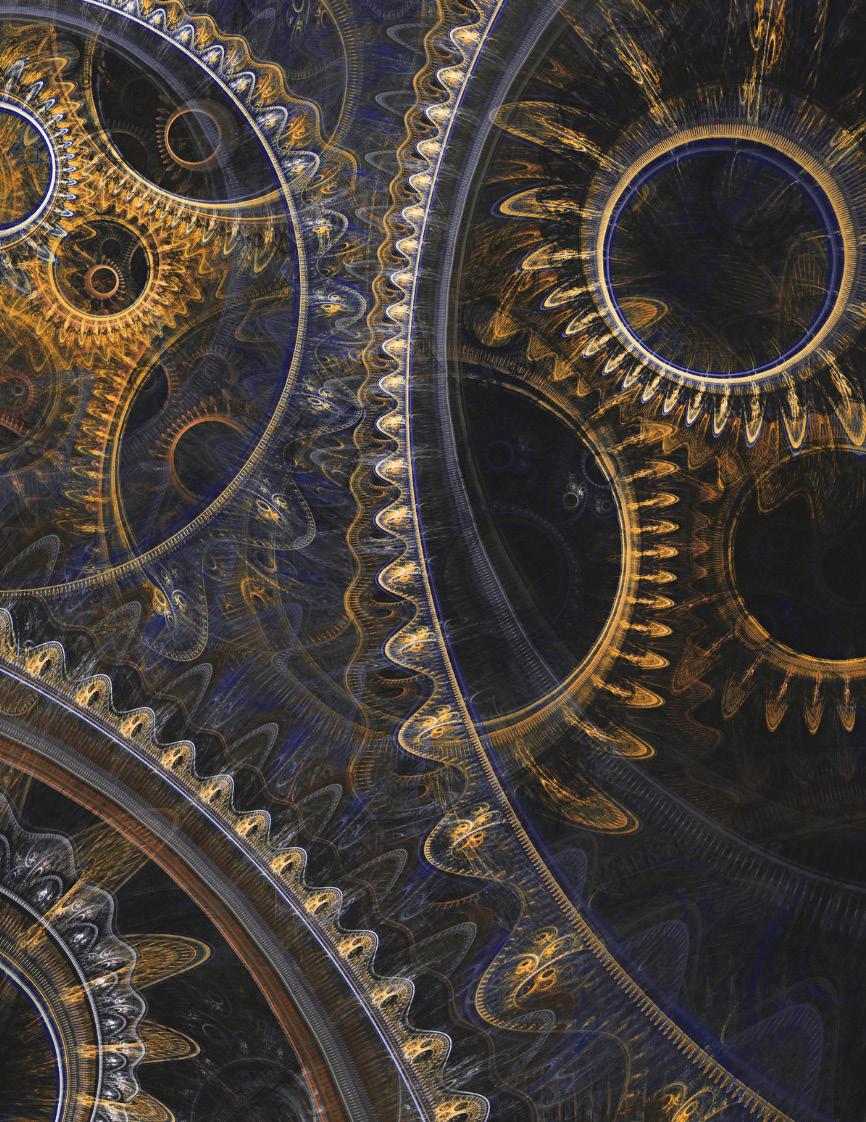
Thea’s Coloured Glass Still Life captures my attention most enthusiastically. Its sheer scale and the intensity of its vibrant colours showcase her meticulous brushstrokes, and she excitedly describes that the process of creating this painting taught her about composition, light, and colour. This joy captures what the exhibition represents, this is an area of exploration: exploration of technique, exploration of materials, and the exploration of topic. Shen shows her appreciation for downtown Toronto with Flurry. Humorously, even our frustration towards the overwhelming atmosphere of downtown Toronto and the TTC can transform into nostalgia after a long period of lockdown. The painting conveys the longing for normalcy and the calming beauty of a familiar sight that had been suddenly taken from us. Responding to Shen’s nostalgia are Thea’s painted scenes from past family vacations, her own memories in conversation with Shen’s to reminisce about the “good old days”.
Conclusion
The two exhibitions together show off the unique chemistry between the artists as the two come together with their different experiences to have a conversation about the past few years. Feelings of anxiety and uncertainty that had occupied us for too long are replaced by the appreciation for simple joys in Renewed Perspectives, and Relative Realities explores this theme further. Many artworks in this exhibition were created before the pandemic, and the two exhibitions together trace the storyline of how the perception of daily life has been affected by the pandemic. The double feature exhibitions capture Shen and Thea’s different creative processes and visualises the conversation they have as friends as they talk about their memories of the past and their longing for a hopeful future.
Shen and Thea’s duo show ran from October 25th to November 5th, 2022. Please contact Gallery 1265 for an archival view.
REVIEW 7

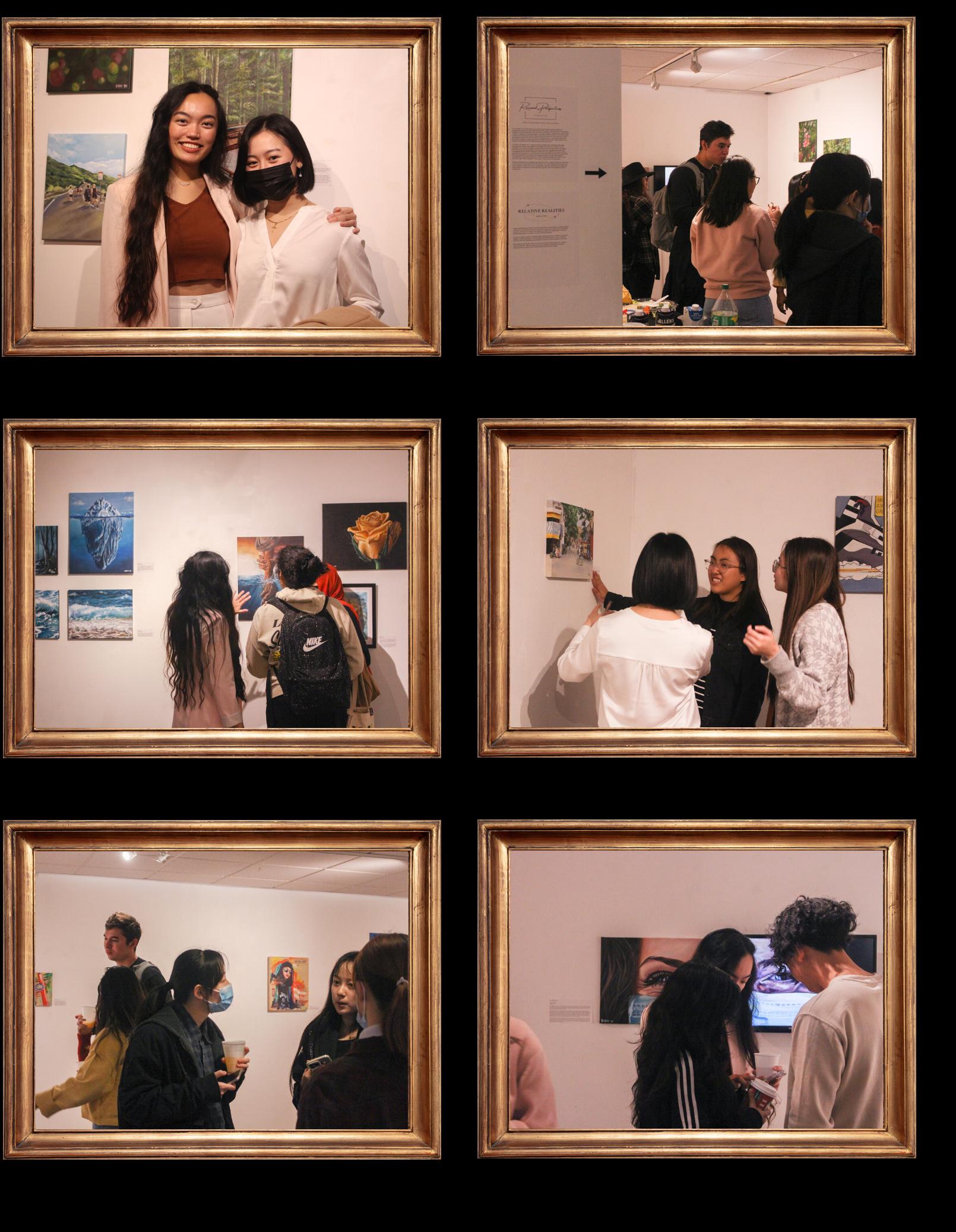
REVIEW 8
Photos by Arthur Dennyson Hamdani
HOME
 Review by Joanna de Villa
Photos by Arthur Dennyson Hamdani
Review by Joanna de Villa
Photos by Arthur Dennyson Hamdani
“Home” is a loaded word that weighs heavy with personal meaning, giving this exhibition depth as an emotional experience. It carries comfort, trauma, and growth – all of which surfaces within this exhibition through the varying mediums of the artists. It’s wonderful serendipity that Gallery 1265’s Home exhibition and the UTSC Drama Society season theme coincide, allowing our team to take part in the storytelling of these experiences.
Christiana and Asif both pay homage to Toronto directly with our skyline. Asif’s take on the skyline is derivative of Van Gogh’s Starry Night, bringing the popularized painting to an urban understanding with a familiar foreground and a creative use of lighting to brighten the night sky. Christiana’s Bridge 2 Home(s) is a beautifully coloured piece with bright, vibrant tones that catch the eye. While the use of labels are on the nose, the point is clear: to share two homes is to constantly feel at a fork in the road.
Jung’s I Am A Smoothie reinforces this sentiment as a photo series, using a food analogy to convey the literal blend of their identities. This nestles nicely with Heng’s MAKAN SEDAP. As many artists use food as a medium to create palatable discourse around culture, it is a genre itself for Asian artists. The miniature paint series draws on the artists’ love of cooking and art. I hope that she will continue to add more Singaporean dishes to the series to create a more robust image of a full dinner table.
Teng’s Family and Living Room has a nostalgic tone to it. The photo series lures the viewer into a sense of reminiscent revelry only for the tone to shift when the blue glow of the screen interrupts the picture, emphasizing the disconnect between families. Home Sweet Home by Kouyoumadjin also plays with the idea of disconnect within family but rather than an unnatural disconnect where in spite of growing pains, the chair continues to stand. It carries a spirit of resilience.
Lam and Septirymen bring forward the concept of home video with their works. Home is a personal inlet into Lam’s life, sharing the same nostalgic feel as Teng’s work, allowing the viewer to delve into a nostalgic revelry along with them. The award-winning piece is an invitation to slow down and remember your roots. Septirymen‘s Recharge resembles a live surveillance feed that features their desk. It has a lonely feel to it — a dimly lit room with a turned
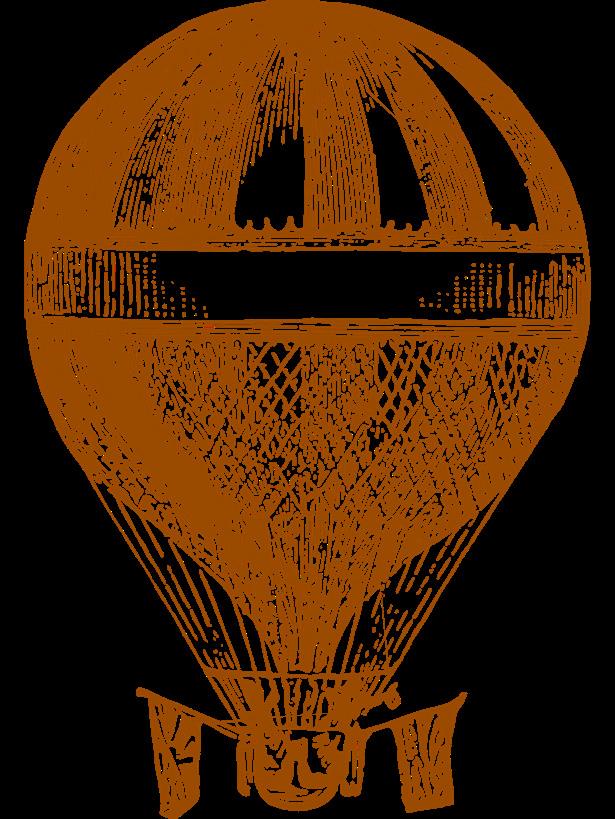
THIRD ANNUAL THEMED EXHIBITION REVIEW 9
out chair, waiting for its companion to return — very similar to that felt during the solitary days of quarantine. Their description of it is chirpier than the label I prescribe, but that’s the beauty in the idea of home being so deeply personal.


Unfortunately, only a select number of pieces could be carried over to the lobby for the UTSC Drama Society’s Festival of the Arts. Chen’s piece Chinese Zodiac Tiger proudly stood facing the entrance, the first piece the attendees gravitated to while taking in the majesty of the piece. Aslam’s Tangled Threads is a beautiful multimedia piece that celebrates Pakistani artistry. Each night of our performances, I’d circle our lobby while gravitating to this piece and marvel at the weighted needle that hung off of the canvas.

REVIEW 10
The standout piece to me, and one that I was eager to have displayed in our lobby for the Festival was Goncalves’ Transfiguration. The black and white photo series allows the imagery to shine through, allowing the viewer to take in the details of the work. Of statues and uniforms, I’m particularly taken by the final image of the Holy Bible being set ablaze with incense sticks. In line with Goncalves’ intent to portray a lost home, it underscores the series’ collective theme of religious trauma. Immigrant stories are deeply steeped in trauma, but just as burning incense cleanses the air, art heals.
Home exhibition ran from November 22nd to the 29th. After its initial showing at Gallery 1265 space, a second showing took place in UTSC’s Leigha Lee Browne Theatre. The Home exhibition is the third annual themed exhibition and is made possible thanks to the EDA committee.
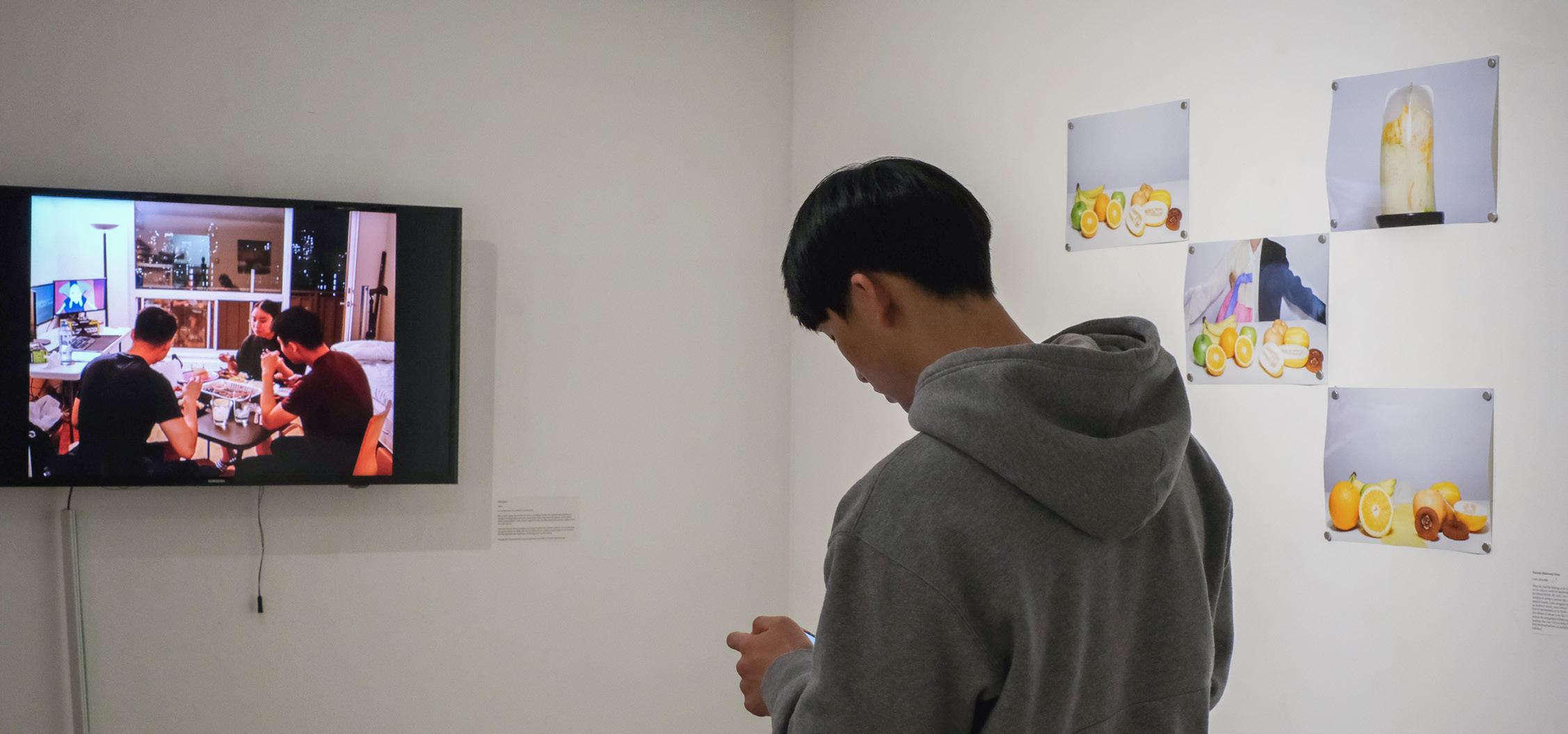

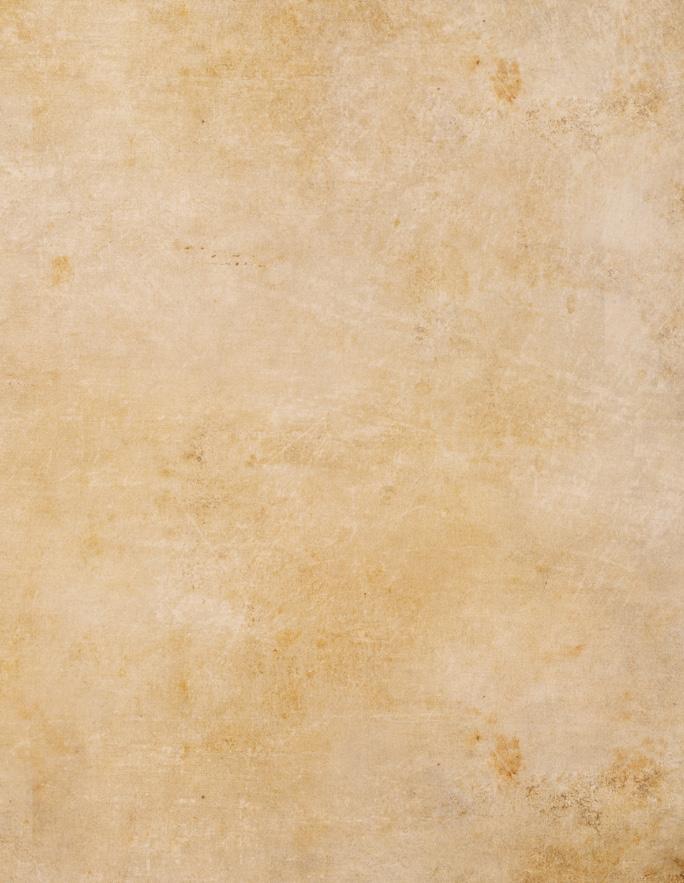
REVIEW 11
the toronto thrill: where creativity lands leaving the arts desert
 by Wyn Kon
by Wyn Kon
Back in Hong Kong, I rarely got in touch with the arts. No, it’s not because I am not interested in the arts, but it’s because I don’t get the chances to. Hong Kong Museum of Arts? Been there. done that. M+ Museum? I’ve been there thrice. There aren’t a lot of places where I can just sit back and enjoy the arts. Why does this happen? People list various arguments: the land is limited, logistics and trading industries have a huge importance, there’s not enough funding… But is this truly the case?
Landing in the Pearson Airport, I was embraced by the arts. When I lifted my head up, I was welcomed by I Dreamed I Could Fly. The tinted Lexan reflecting in the daylight, the colors blending into one another, swaying around the skylight, creating a sense of weightlessness. When I was grabbing my baggage, As One… illuminated above me, the neon light against the red glass at the International Baggage Hall was so stunning. Just in a short span of 10 minutes, I was immediately indulged into two magnificent art pieces at a public space.
Throughout these four months in Toronto, I have engaged with the arts more than in Hong Kong. What interests me the most is that each art museum can cover works from various fields of the arts. The Gardiner Museum displays ceramics ranging from the East to the West, Arts Gallery Ontario exhibits art from the prehistoric times to contemporary arts, Royal Ontario Museum covers arts from different countries, ranging from Asia to Europe, Textile Museum of Canada displays indigenous textiles to modern textiles. It is impressive to me that the city of Toronto has opened the audience to opportunities to see all types of arts.
What about Hong Kong? The arts are barely appreciated by the government. The government gives

REVIEW
I Dreamed I Could Fly by Jonathan Borofsky
12
Photo courtesy of Pearson Airport
minimal to no funding to artistic development, instead, the trading and logistics development is strongly cared for. Though the government is slowly looking into cultural development within the city, the financial power it provides is thin, and only a small number of arts organizations can work on small-scaled projects. The government has to think about other stakeholders of different sectors. There isn’t enough machinery to engineer interactive sculptures for the public and facilities to support creative industries development compared to Canada.
Then it strikes me. Most people in Hong Kong don’t want to care about the arts. Growing up, everyone has a strong motive of “making money”. A lot of Hong Kong artists face pessimistic feedback from others, “You want to be an artist? You can’t make money with that. How will you even survive?”. Yes, because how will you even make money when no one appreciates your art? The city is strong about the four big pillars: trading and logistics, financial services, profession and producer services and tourism. These pillars can help businessmen to make money fast, a cost-effective return, but in arts one needs to be patient.
What people fail to realize in Hong Kong is that the art market is growing, but the supply for the arts is low. There are various contemporary art auctions in Hong Kong which drive a high price, but investors and local artists are not willing to take the next step in engaging with arts auctioning because it takes time to generate profits. The people of Hong Kong should stop undermining the arts–if only local Hong Kong artists start to discover the public’s growing appreciation of arts and ignore the pragmatic expectations from the public, then maybe investors and the government will awaken to the case that the arts has the same level of importance as the other profitable sectors.
In a completely different geography, in Canada, the arts are highly pursued. The arts have an important role in education, and unlike in Hong Kong, being an artist is more widely considered as an occupation. There are more arts programs in the universities of Canada than in Hong Kong. And most importantly, there is little to no judgment in Canada. Want to start an arts project? Go for it, because unlike people in Hong Kong, people here are reckless. Reckless in a way where they won’t calculate further about profit. Artists here aren’t afraid to take risks, they express what they want to instead of being oppressed by the pessimistic views of the future of an artist. The mentality of “if you like it, then do it” moves me. I think the arts are flourishing here in Canada, because artists follow their dreams, people strongly believe in the arts, and both public and private organizations support it.

This shows that arts in Hong Kong also need private funding and public support to succeed. Hong Kong’s bustling arts scene has reached a new level of worldliness. The opening of M+, a world-class museum, along with international art fairs and trade events attract enthusiasts and collectors globally. When I visited Yayoi Kusama: 1945 to Now at M+, I lined up for 30 minutes just to be in the mirrored polka-spot room for 3 seconds. This proves the public’s enthusiasm towards art. So what are the private corporations scared of? They should start investing in the arts, maybe provide grants or funding for art galleries or museums. Not only will this promote the arts locally, but also attract foreigners and boost tourism.
As a Hong Konger, I just want to point out that the lack of government support may be one of the reasons behind the lack of artistic development in the city, but we can’t keep blaming the government. If only we cared a little more about the arts, if only we were more willing to put our trust of arts out in society, then maybe the arts in Hong Kong will start to blossom.
REVIEW 13
Stratford: A town out of time

Shakespeare in 21st is well-worn territory in the same way that water is a well-liked drink
Review by Alyssa Lyon
For as long as I’ve been going to see Canadian Theatre (ostensibly my entire life), I have been aware of the Stratford Theatre Festival. The prestige it carries as one of Canada’s foremost theatre-going destinations are not lost on me. How could it be when its significance is beaten into you by almost every theatre teacher and drama instructor from here to Vancouver? Strangely, however, I’ve managed to evade it. I’ve been to theatre companies large and small across the Greater Toronto Area but it has taken me 22 years to make my way out to Stratford, Ontario to catch one of the 2022/2023 season offerings.
Back in October, a couple of friends and I drove down to this quaint town in Southern Ontario to see the festival’s most recent production of Hamlet directed by Peter Pasyk. I am a burdened individual–I like Shakespeare, a lot. I have a favourite play (Much Ado About Nothing) and even a favourite character I’d like to play (Volumnia in Coriolanus). But I’m not delusional; Shakespeare is well-worn territory in the same way that water is a well-liked drink. In order for it to work in the 21st century, to work for those not previously engaged with the material, to work for those who have engaged with it for most of their adult lives, it needs to be many things. Mostly, though it needs to be engaging in some measurable way (staging, casting, periodization, costumes–anything).
Shakespeare at Stratford is up against other notable challenges, namely that one of the founding pillars of this festival is the re-production of Shakespeare’s work year after year on stage. Many questions continue to be raised about the need for Stratford as a festival, why fund
a Canadian festival so well when it does not produce the same volume of home-grown or even original works as other theatre companies? Needless to say, there was a lot riding on this Hamlet production.
So how did it perform? Pretty well. Set in modern times, Patrick Lavender’s set design, Michelle Bohn’s costume design, and Kimberly Purtell’s lighting design all coalesce to create a production that feels like it could have been ripped from the world of the most recent Gossip Girl reboot. Amaka Umeh’s performance as a non-binary Hamlet was fiery, passionate, and dynamic. Umeh’s dynamic and lively stage presence makes their performance easy to recall even months after. They are undoubtedly the heart of this production. Other highlights include Austin Eckert’s earnest and thoroughly modern Laertes. Both Umeh and Eckert are particularly impressive in the way that they are able to imbue 400-year-old text with a fresh voice and new life.
Ultimately though, this production of Hamlet, much like the Stratford Festival as a whole, works because of the context it exists within. Stratford is not exactly the venue one goes to in search of challenging theatre, and although this production of Hamlet is certainly a departure from more stunted fair from years past (2016’s production of Macbeth is a particular low point in my memory), it is successful because so much of the other ‘classic’ work around it is stagnant. While this production of Hamlet could have been staged with potentially more freedom to be even more liberal with the text, the town and play will only challenge its well endowed patrons enough only to keep them coming back for what they believe to be challenging, cutting edge theater.
REVIEW 14
the beauty of imperfections in art
by Zainab A.
Ambiguity can be defined as inexactness or being open to many interpretations. As an observer, these pieces are room for one’s mind to wander and get creative. In a world where things are so easily categorized and perfectly curated, I believe it is the uncertainties that keeps us aligned and able to grow. I have explored and learned about many abstract pieces throughout my life, some being symmetrical and others more free-formed. I’ve noticed that sometimes the simplest pieces hold the most meaning, even if they don’t look realistic or depict things in a lifelike manner. This inexactness creates gaps to infer and question an art piece, adding more to the story that it tells. These are the pieces that keep us thinking, “What was this artist feeling when they created this?” or “What exactly am I looking at?” It is more like a puzzle for us to solve, but one that might not have an exact answer.
As an avid painter and someone who pays a lot of attention to detail, some of the most renowned art pieces are simple rather than realistic. I find that the aspect of openness to interpretation creates an elevated meaning when one looks closely. Take Etoile Blue (Blue Star) by Joan Miro, as an example.

When looking at this painting, I could easily come up with variations of what I thought was going on in the piece. The lack of resemblance to real life creates even more personality and mystery. Sometimes even creating a window to our minds and tapping into new meaning.
What do you see when you take a first look at this painting? Take a moment and create this story for yourself. Feel free to look at it from multiple angles as well and get creative!
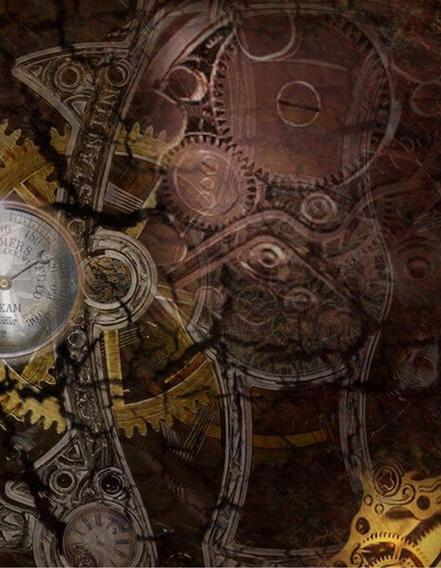
I have looked at this painting in a few different angles and here are my top takes:
1) A sad or somewhat unpleasant looking face
2) A woman in a pink gown entering a doorway after climbing a set of stairs
3) An airplane in the sky among a city
Were any of your ideas similar to mine?
While this work does not have an exact story behind it, some of Miro’s common themes and symbols in art are dreams and constellations.1 Taking in this information recalibrates my mind looking at the painting another time, but now knowing an additional piece of information. Miro’s and the work of countless other non-figurative artists has shaped society and allowed for us to create meaning in what we are seeing. Perhaps peering into vague artwork is just the right amount of ambiguity we need in a world full of detail.
ARTICLE
15 1 Blue Star, 1927
https://www.joan-miro.net/blue-star.jsp
Joan Miro, Etoile Blue (Blue Star), 1927
by Joan Miro.
SPECIAL THANKS TO

UTSC Department of Arts, Culture and Media Staff: Manaal, Sydney, Claudia, David, Josh and Manolo
Our supervisors: Arnold Koroshegyi and Patrick Cruz
Hart House Staff: Michelle Brownrigg and Saša Rajšić
EDA Committee at UTSC Department of Arts, Culture and Media
16














 Review by Joanna de Villa
Photos by Arthur Dennyson Hamdani
Review by Joanna de Villa
Photos by Arthur Dennyson Hamdani







 by Wyn Kon
by Wyn Kon





